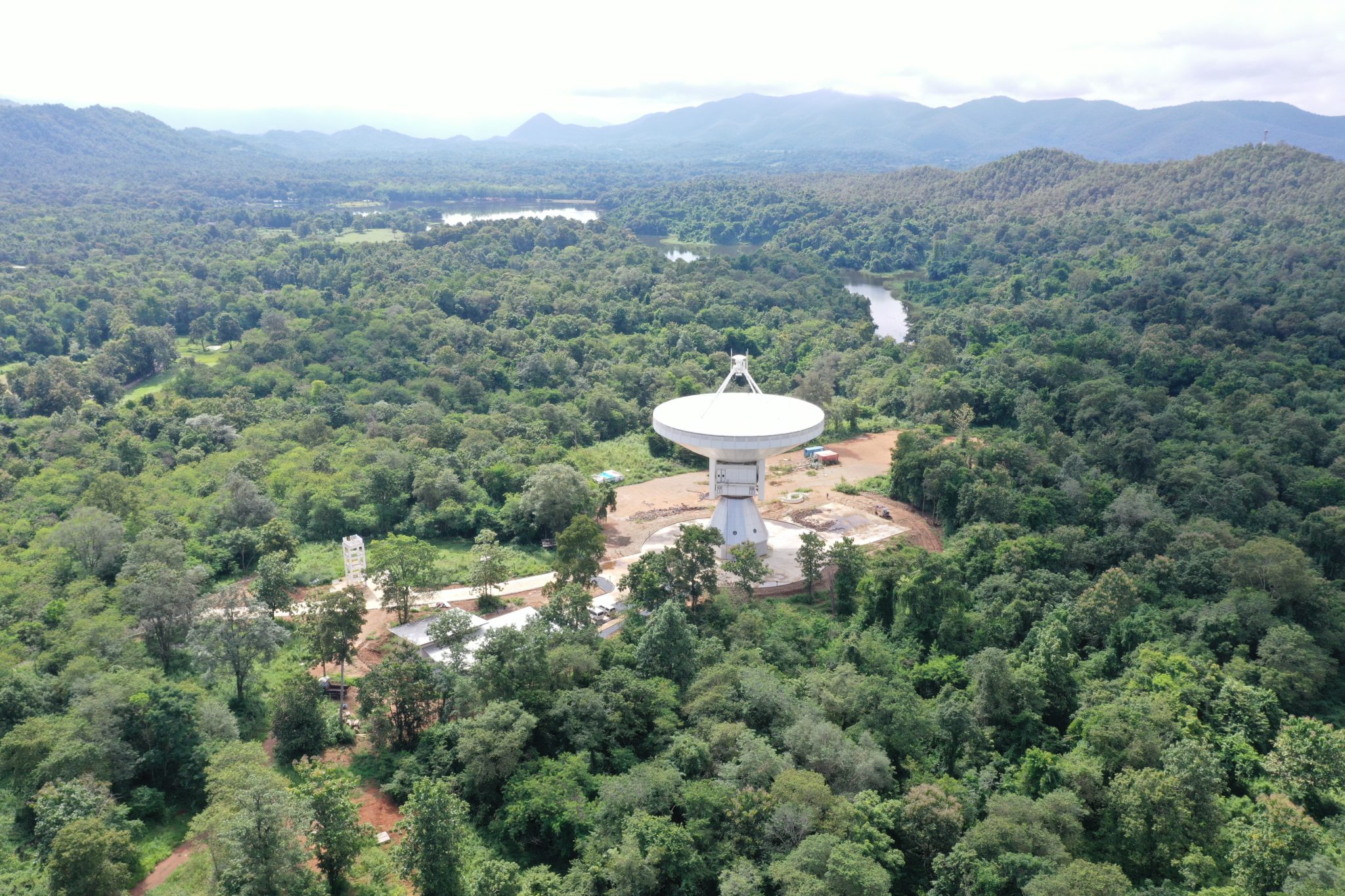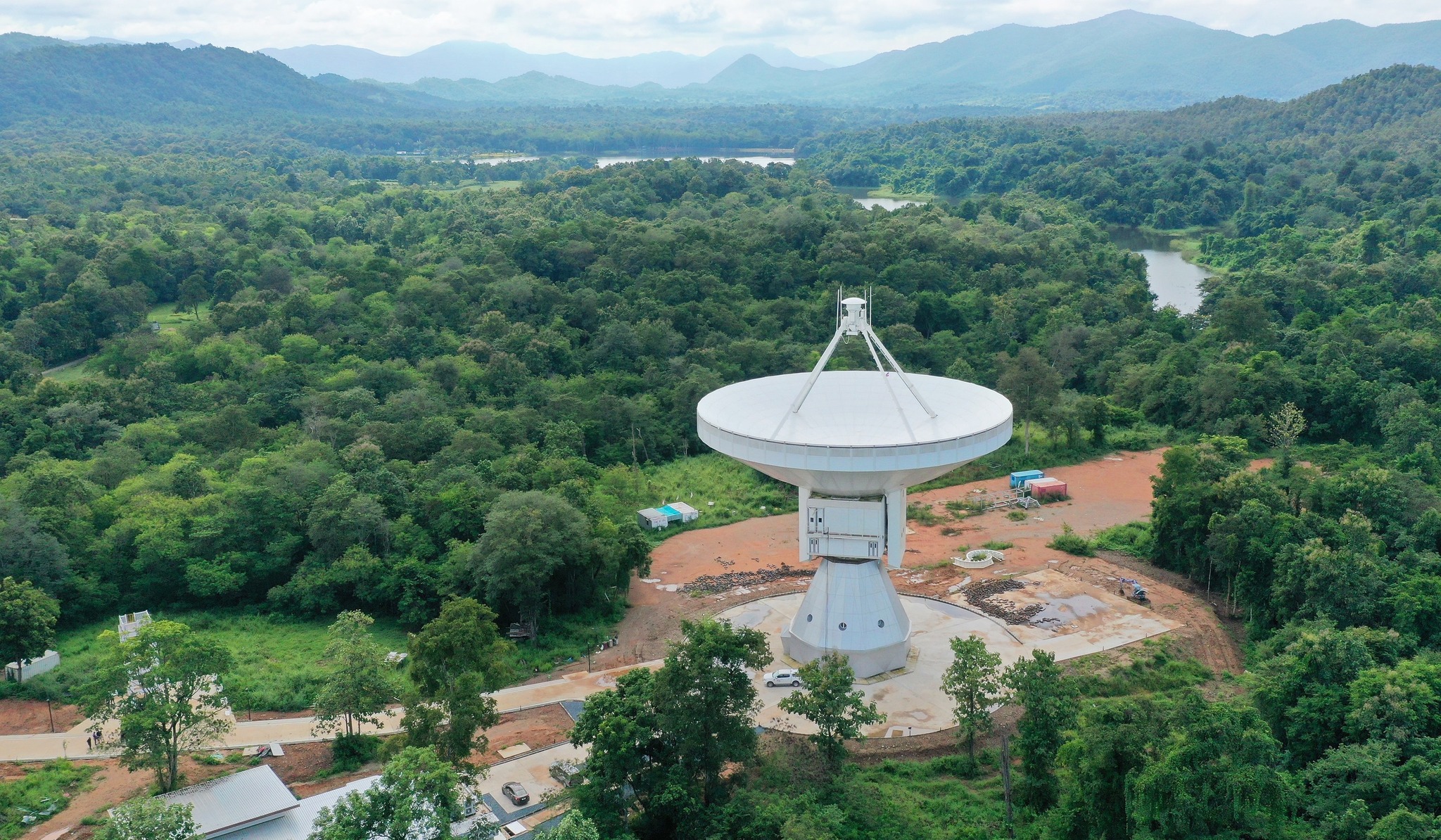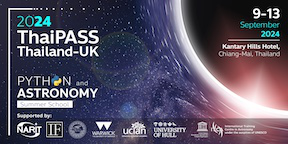Participants will have opportunities to explore the capacities and facilities of the National Astronomical Research Institute of Thailand (NARIT), which consist of laboratories at Headquarters, the Thai National Observatory (TNO), and the Thai National Radio Astronomy Observatory (TNRO).
Laboratories at Headquarters, Princess Sirindhorn AstroPark
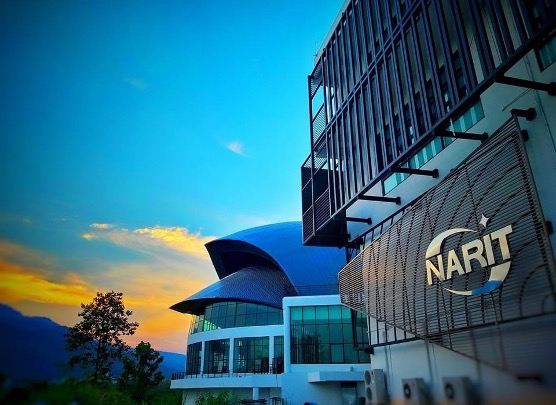
Exploring The Thai National Observatory (TNO), Doi Inthanon National Park
The Thai National Observatory is the main facility of the National Astronomical Research Institute of Thailand, located at Km. 44 on Doi Inthanon (the highest mountain in Thailand), Chiang Mai, Thailand, which is also renowned for the superb climate and tourist attraction. At 2,457 meters above the mean sea level, the observatory has superb seeing conditions suitable for advanced research in Astronomy and Astrophysics. TNO is set to become one of Asia's most advanced facilities in optical astronomy.
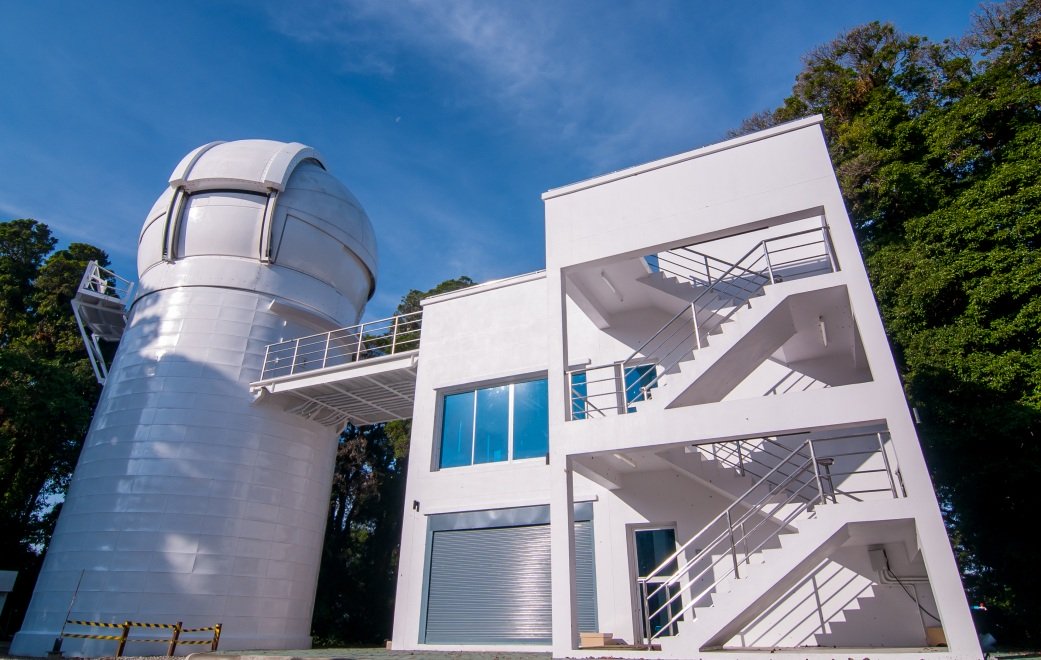
The Observatory houses a 2.4-meter reflecting telescope with an alt-azimuth drive system and a Ritchey-Chretien optical system.. The drive system has been synchronized with automatic control of the dome structure. The telescope is manufactured at EOST in Tucson, Arizona, USA. The 2.4 m diameter primary mirror has been fabricated and undergone fine polishing at LZOS facility in Russia. The observatory will therefore play a significant role in supporting cutting edge research and international collaboration.
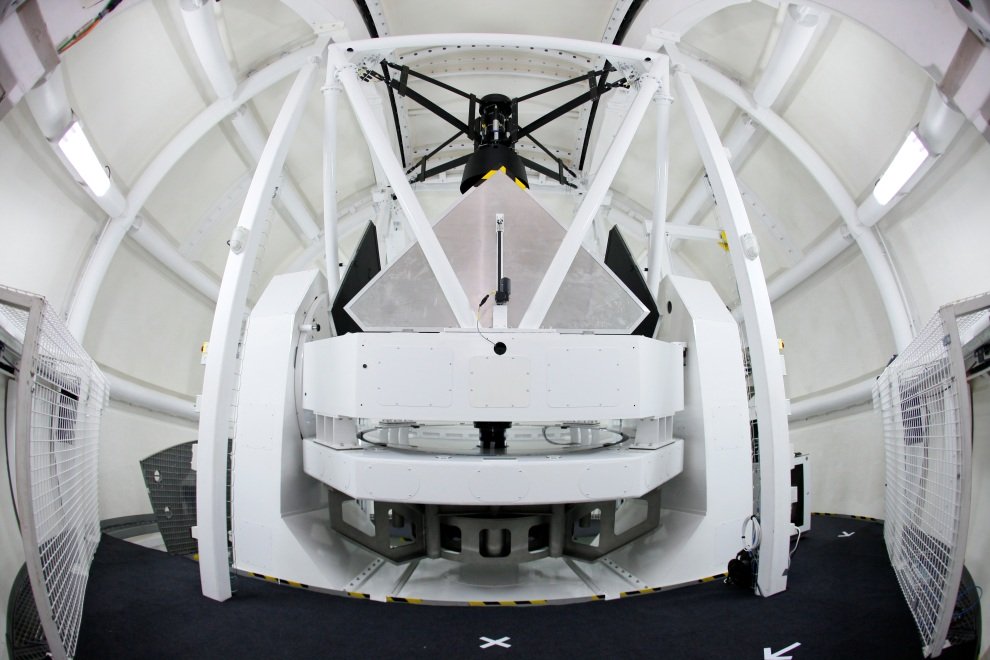
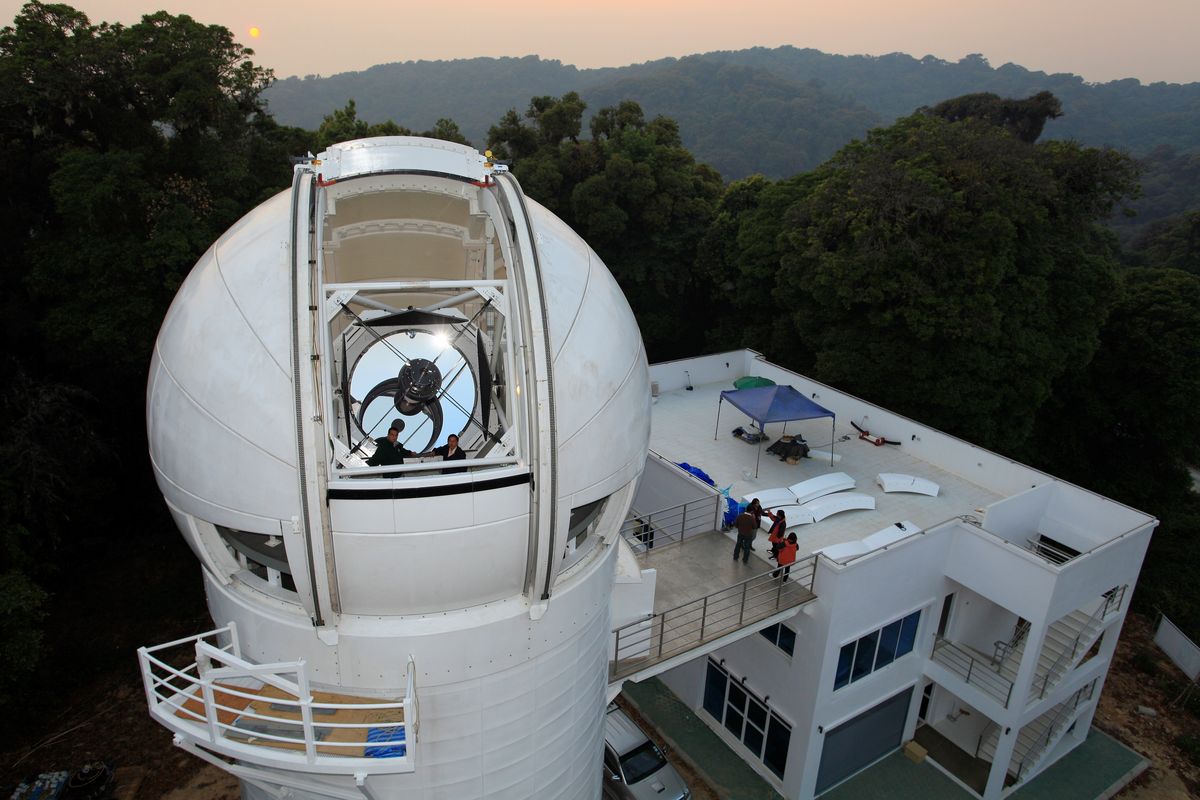
The Thai National Radio Astronomy Observatory (TNRO)
The Thai National Radio Observatory, or TNRO, is another facility of NARIT located at the Huai Hong Khrai Royal Development Study Centre in Doi Saket District, Chiang Mai. TNRO operates for astronomical research and radio astronomy studies.
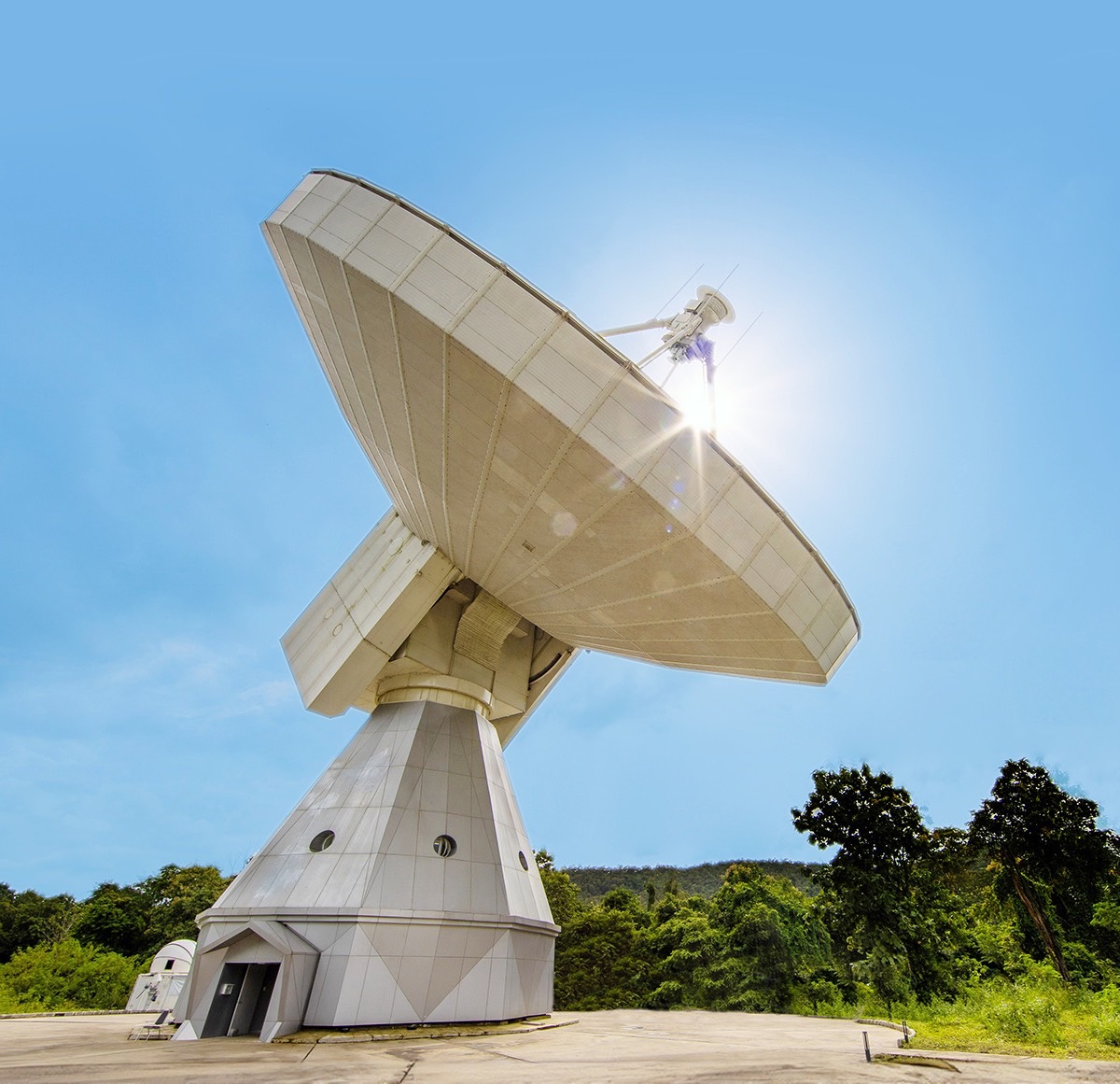
TNRO houses a 40-meter single-dish radio telescope, known as the Thai National Radio Telescope (TNRT), which is an advanced instrument operating within the radio wave spectrum. The 40-meter TNRT is one of several radio telescopes at this site and is the largest radio telescope for radio astronomy in Southeast Asia.
